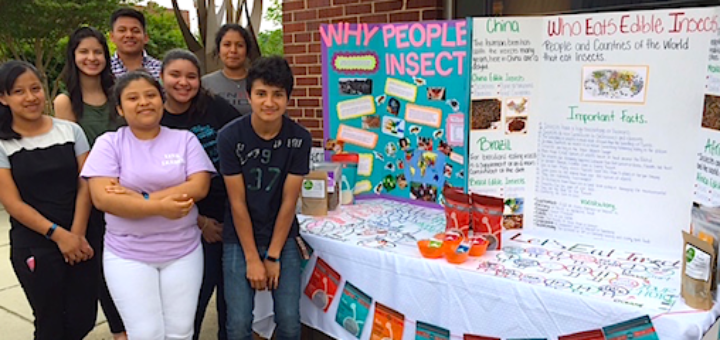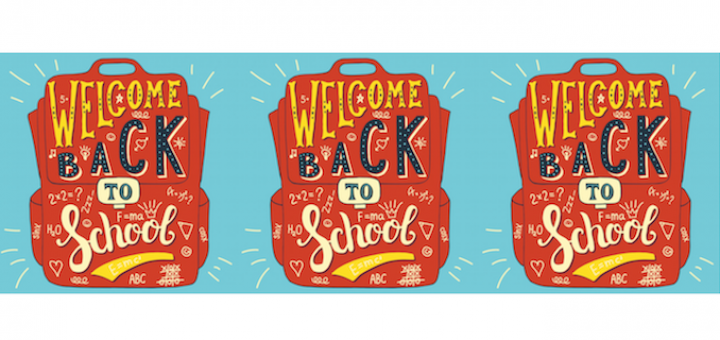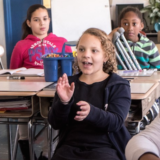Tagged: student engagement
“Since many students are in my class multiple times,” writes ELL teacher Wendi Pillars, “I’m always seeking new topics to tie literacy skills together.” This year one theme was “Zero Hunger” through sustainable agriculture. A perfect hook for a unit on eating insects.
During 2016, each of these featured MiddleWeb posts enjoyed at least 10,000 reads by middle grades educators. Some were visited by as many as 60,000. We’re sure you’ll find something useful here as you “learn forward” and prepare yourself for the new year.
It’s the first day of school and your middle level students are acting like, well, adolescents. You’ve got to hook them quick, says teacher Elyse Scott. Forget the pre-tests and paperwork. Jump in and let them know how exciting your classroom universe is going to be.
Where does humor fit into the classroom? Just about anywhere! Check out these refreshed resources on why humor works, how to share it, and where to find it. Funny math, ELA, social studies, and science resources abound.
For Elizabeth Stein, the foundation that undergirds successful classrooms is student engagement. How do teachers measure the depth of their engagement and reinforce it? Stein shares ideas and resources about curiosity-building, effective feedback and more.
When it comes to high expectations, learning consultant Barbara Blackburn says actions speak louder than beliefs. Using her own classroom mistakes as a backdrop, she points out the teacher behaviors that signal struggling learners whether we mean what we say.
Faced with students struggling to learn complex science ideas in traditional ways, middle school teacher John Coveyou turned to classroom gaming as a solution. His colorful card games teach core concepts like ion-bonding, DNA principles and protein building.
Using Mindset, Rigor, and Grit as examples, veteran teacher Cheryl Mizerny weighs the potential value of trendy pedagogical ideas while pointing out how easily they can be misinterpreted or poorly implemented by educators, to the detriment of students.
Students in a state of “flow” learn faster, are more focused, enjoy learning, and often increase the level of challenge. Teacher-author Larry Ferlazzo distills the research and has ideas for teachers that can help students achieve flow regularly in class.
Last year Jody Passanisi concluded that her go-to lesson on types of government no longer gripped students’ attention. Here she evaluates the successes and challenges of a redesign: lots more student ownership, but is there enough understanding at the end?

























